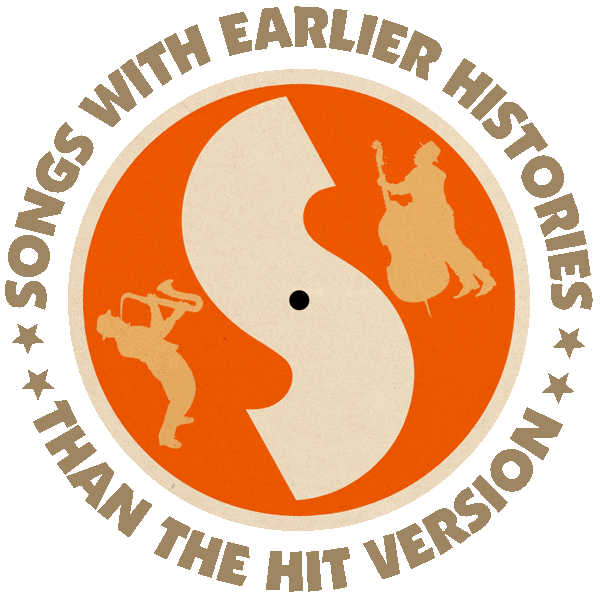First recorded by Gordon Heath & Lee Payant (1955).
Also recorded by Audrey Coppard (1956), Ewan MacColl & Peggy Seeger (1957), Martin Carthy (1965), Marianne Faithfull (1966).
Hit versions by Simon & Garfunkel (US #11/MOR #5 1966), Sergio Mendes & Brasil ’66 (US #16/MOR #2 1968).
From the wiki: “‘Scarborough Fair’ is a traditional English ballad about the Yorkshire town of Scarborough. The earliest commercial recording of the ballad was by Gordon Heath and Lee Payant, expatriate Americans who operated a café and nightclub, L’Abbaye, on the Rive Gauche in Paris, for their album An Evening at the Abbaye in 1955, using an 1891 melody by Frank Kidson (a folk song collector from Leeds). The same arrangement was also included on A. L. Lloyd’s 1955 album The English And Scottish Popular Ballads. Lloyd
“But, the version using the melody later developed by Simon & Garfunkel in ‘Scarborough Fair/Canticle’ was first recorded on a 1956 album, English Folk Songs, by Audrey Coppard. This arrangement was also recorded by Ewan MacColl and Peggy Seeger (‘Killing Me Softly with His Song‘) on The Singing Island (1957) (but it is likely that it was Coppard who learned the song from MacColl, who had published a book of Teesdale folk songs after hearing the song sung in the 1940s). In April 1966, Marianne Faithfull (‘As Tears Go By‘) recorded and released her own take on ‘Scarborough Fair’ for her album North Country Maid about six months prior to Simon & Garfunkel’s release of their single version of the song in October 1966.

